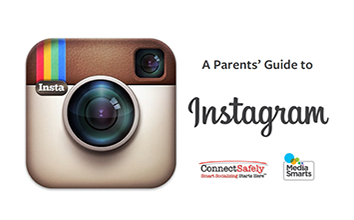Parents’ Guide to Instagram
Guide
Document
 MediaSmarts is pleased to announce that we have partnered with Instagram and Connect Safely to launch a Parents’ Guide to Instagram to help prepare you to give your kids the guidance they need.
MediaSmarts is pleased to announce that we have partnered with Instagram and Connect Safely to launch a Parents’ Guide to Instagram to help prepare you to give your kids the guidance they need.
